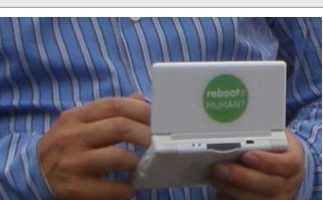Today was my regular day in Hjemmelektiehjælpen – private tutoring.
The 13 year old boy had an assignment where he was supposed to put into context World-war 2, The Battle for Dybbøl Mølle, Christian the 4th and 9-11 none the less. Phew! THAT triggered me!
The context was “what can you learn from history, and how do you avoid history from repeating it self” (or “man bliver klog af skade – great to hear such a phrase from a 13-year old), so “past in relation to future”. The boy was interested in the Strategic Defense Initiative (SDI, Star Wars or Ronald Raygun’s wet dream), that’s the future! Well that wouldn’t have stopped Mohammad Atta was my point. And I also remembered the words (not literal) of Mikhail Gorbachew, “if they build it we’ll just throw a stone at it!”.
It actually turned out that the 4 historic event are more closely connected than you might expect. I didn’t discover this until I had made a history 101 (or 911) lecture, of history as I see it.
The US entered World-war 2 after Pearl Harbour, 9-11 was a new Pearl Harbour. 9-11 triggered the “war on terror” and that is somewhat akin to World-war 2, since it keeps provoking images of the “next Hitler”, learning from history eh’? Peace in our time?
Denmark lost Schleswig-Holstein after Dybbøl Mølle and it was the final nail in the coffin for the dreams of a Danish Empire, that Christian the 4 had.
Denmark regained some of the land lost after Dybbøl Mølle, as an indirect result of the peace treaty of Versailles, that eventually was a pivotal point in triggering World-war 2, since it left the German economy in shambles, resulting in the likes of Hitler coming out of the woodwork, some see the same happening today.
Everything is connected, as James Burke, one of my favourite authors, always points out.
Poor kid, he didn’t really get any homework done, but I ended up having a fantastic discussion with his mother. The view Muslims has of 9-11 is “somewhat different” from mine. They do seem to see a huge conspiracy, which is not as far fetched as it might seem. The truth has been a major casualty of the war on terror.




